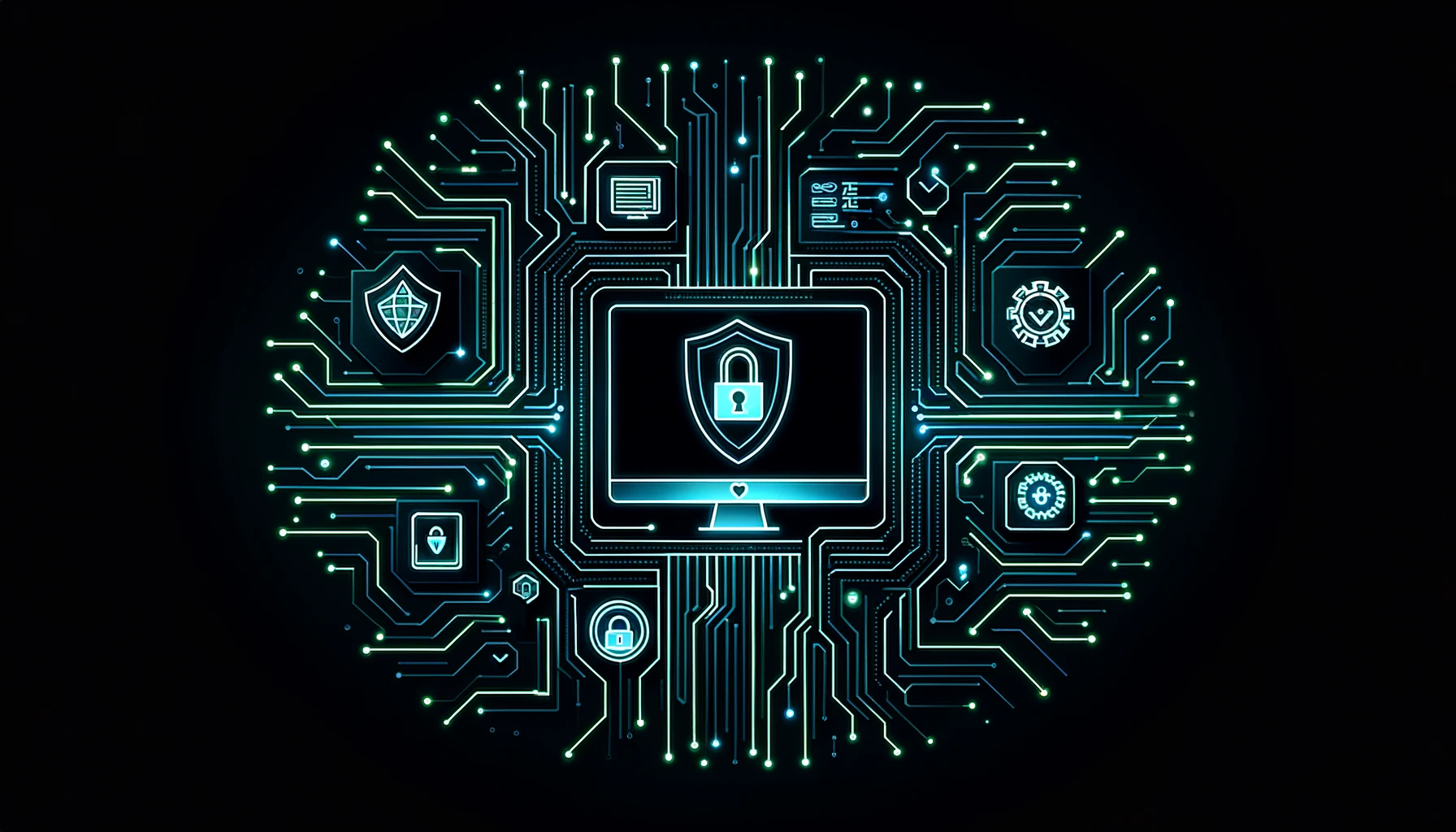Software as a Service (SaaS) Security
Software as a Service (SaaS) Security
SaaS Security refers to the measures and practices used to protect Software as a Service (SaaS) applications and their data. SaaS is a cloud-based software delivery model where applications are hosted on the vendor's servers and accessed via the internet, rather than being installed locally on individual devices.
Key Points
- Data Protection Basics: SaaS security uses encryption and access controls to keep data safe.
- Access Control: Tools like MFA and IAM help keep access restricted to trusted users.
- Compliance: SaaS providers need to follow standards like GDPR and SOC 2 to be legal and trustworthy.
- Incident Response: Effective monitoring and detection tools are key for quickly finding and responding to incidents.
- Common Risks: Misconfigurations are a big cause of security incidents and can expose sensitive data.
Related Terms
Common Risks in SaaS Security
Knowing the main risks of using SaaS platforms is important for setting up security measures that help prevent problems before they happen.
- Data Breaches: SaaS systems are at risk for data breaches, which can be caused by external threats or misconfigurations. If hackers get in, they can steal, change, or delete data. Learn more about real-life breaches and how companies dealt with them in our blog post on 7 Devastating Cyberattack Cases.
- Unauthorized Access: Many SaaS security breaches happen because of weak or stolen passwords. Using Multi-factor Authentication (MFA) makes it much harder for attackers to break into accounts.
- Misconfiguration: Incorrect settings, like access permissions and sharing rules, are one of the biggest reasons for security issues. A survey from 2023 showed that 63% of incidents were caused by misconfigurations【19†source】.
- Data Loss and Compliance Failures: Without proper Data Loss Prevention (DLP), important data could be exposed or lost, especially during third-party integrations. Compliance standards like GDPR are important to make sure that user data stays safe.
Key Components of SaaS Security
- Data Encryption: Encrypting sensitive information is a key part of security. SaaS providers encrypt data both when it is stored and when it is moving to make sure that even if it's intercepted, it can't be easily read or used.
- Authentication Measures: Using IAM and MFA helps protect user accounts. IAM manages who can access different resources, while MFA ensures that more than just a password is needed to log in.
- Threat Detection and Incident Response: Using tools like endpoint detection and response (EDR) helps track activity and find anything unusual. These tools are key to spotting threats early and stopping them.
- Compliance and Regulatory Standards: SaaS providers must follow rules like GDPR, HIPAA, and SOC 2. Compliance makes sure data is protected properly, and regular checks help maintain these standards.
How to Secure Your SaaS Environment
- Use Secure Configuration Tools: Tools like SSPM (SaaS Security Posture Management), such as Prisma Cloud or Microsoft Defender for Cloud Apps, help keep settings secure and prevent misconfigurations.
- Identity and Access Management: It's important to control who has access to what. Use role-based access control (RBAC) to make sure each person only has the permissions they need.
- Continuous Monitoring: Using threat intelligence and monitoring tools can help catch unusual activity and stop threats before they do damage.
For more proactive steps, take a look at our detailed guide on DevSecOps and its importance for software security.
FAQ
Key elements include access controls, data encryption, security policies, and regular security audits.
Organizations should use strong authentication procedures, carefully manage access rights, and carefully select SaaS providers.
While SaaS applications face certain risks, they can be very secure with the right security measures.




































